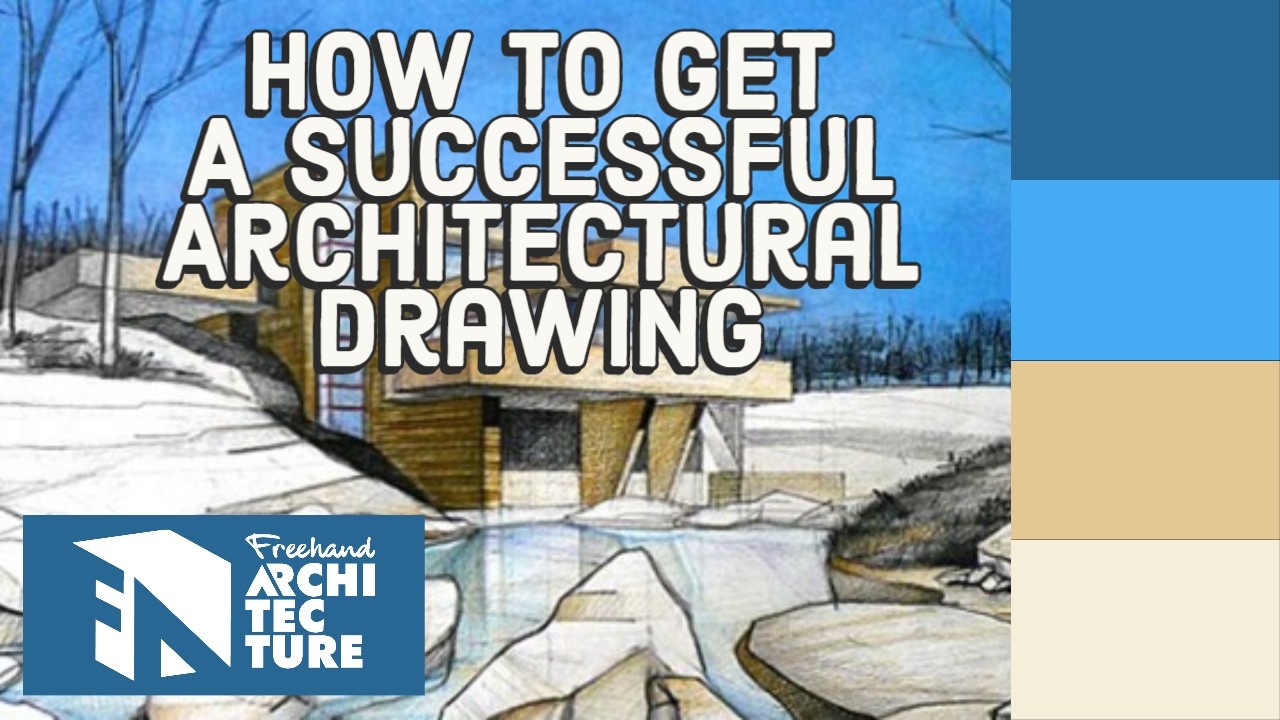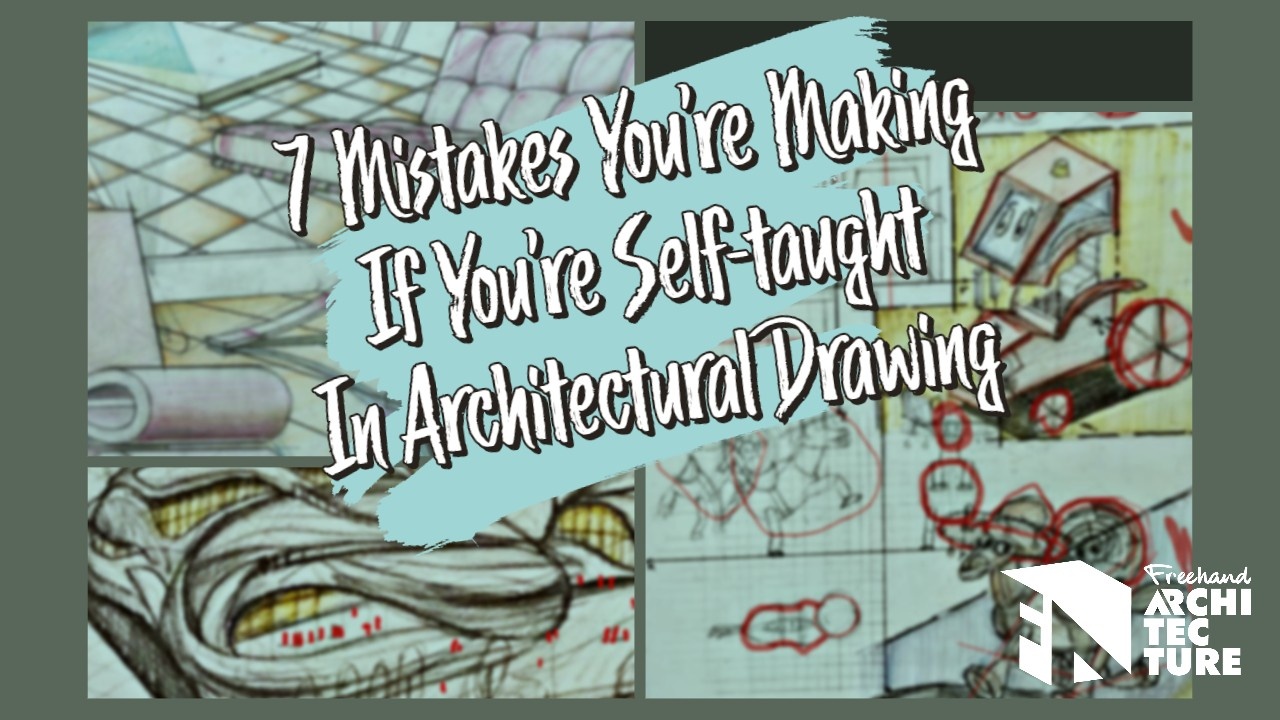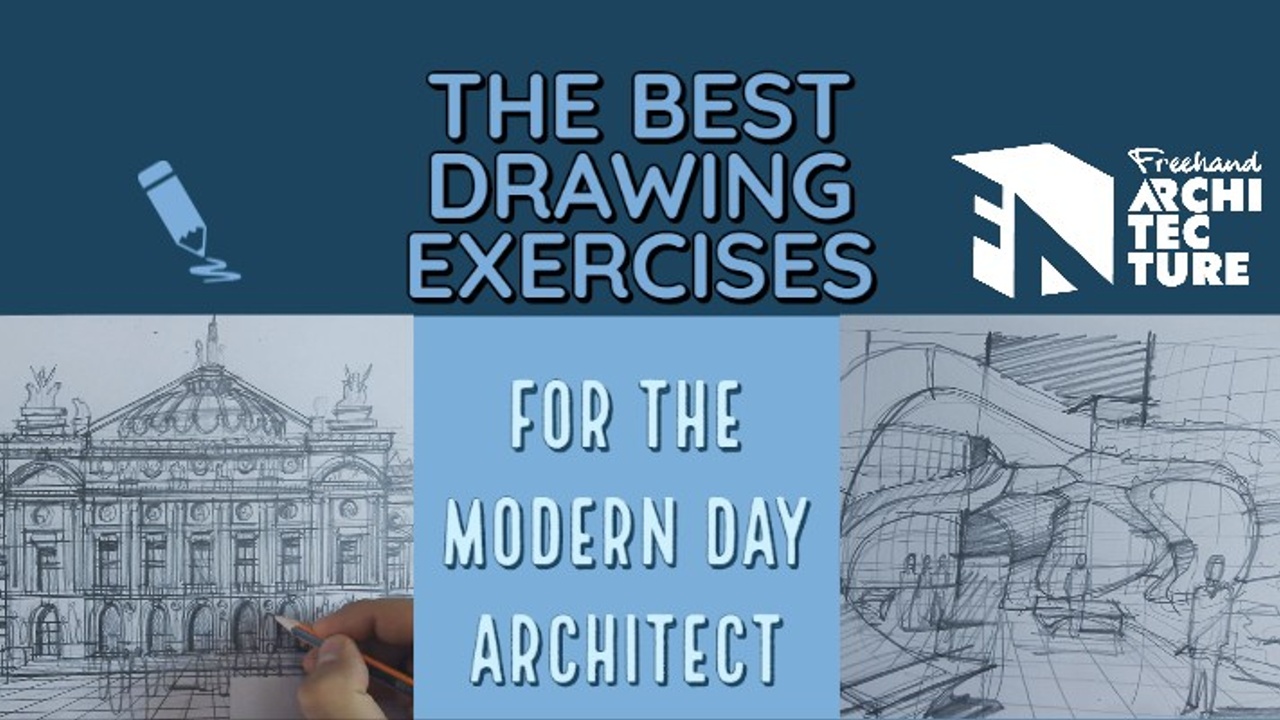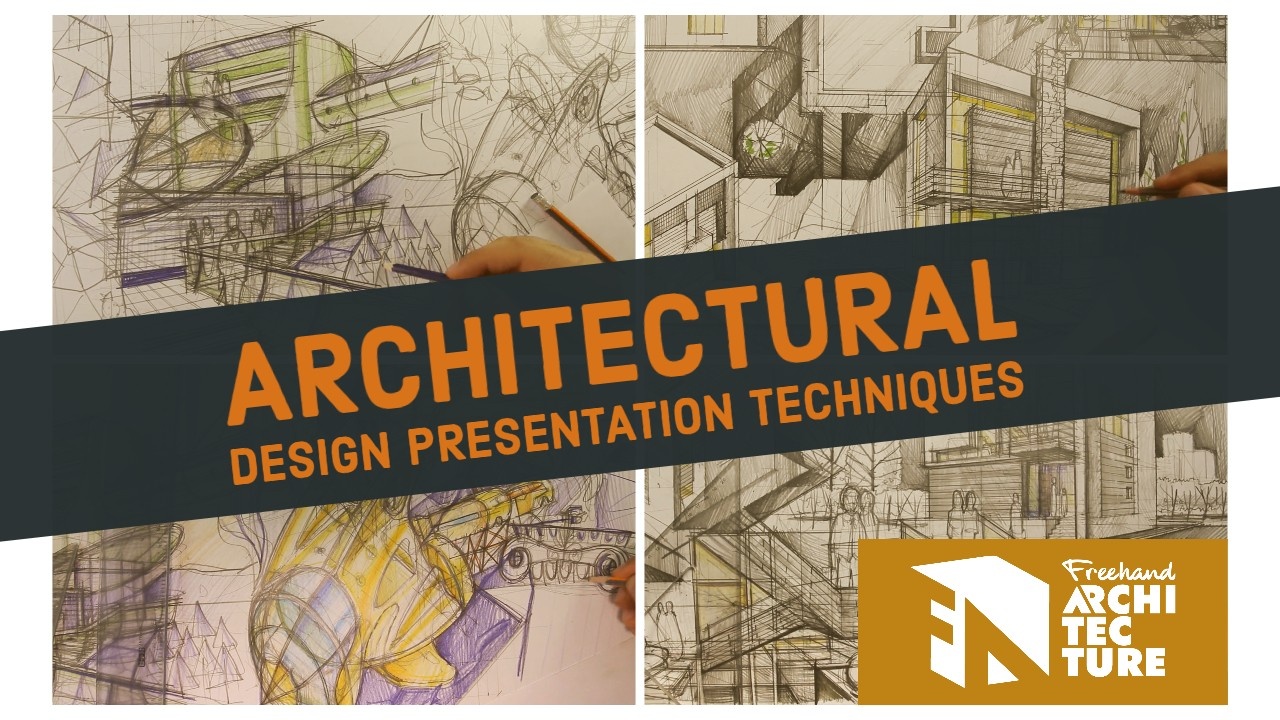The Perfect Architectural Drawing Lesson
Sep 15, 2022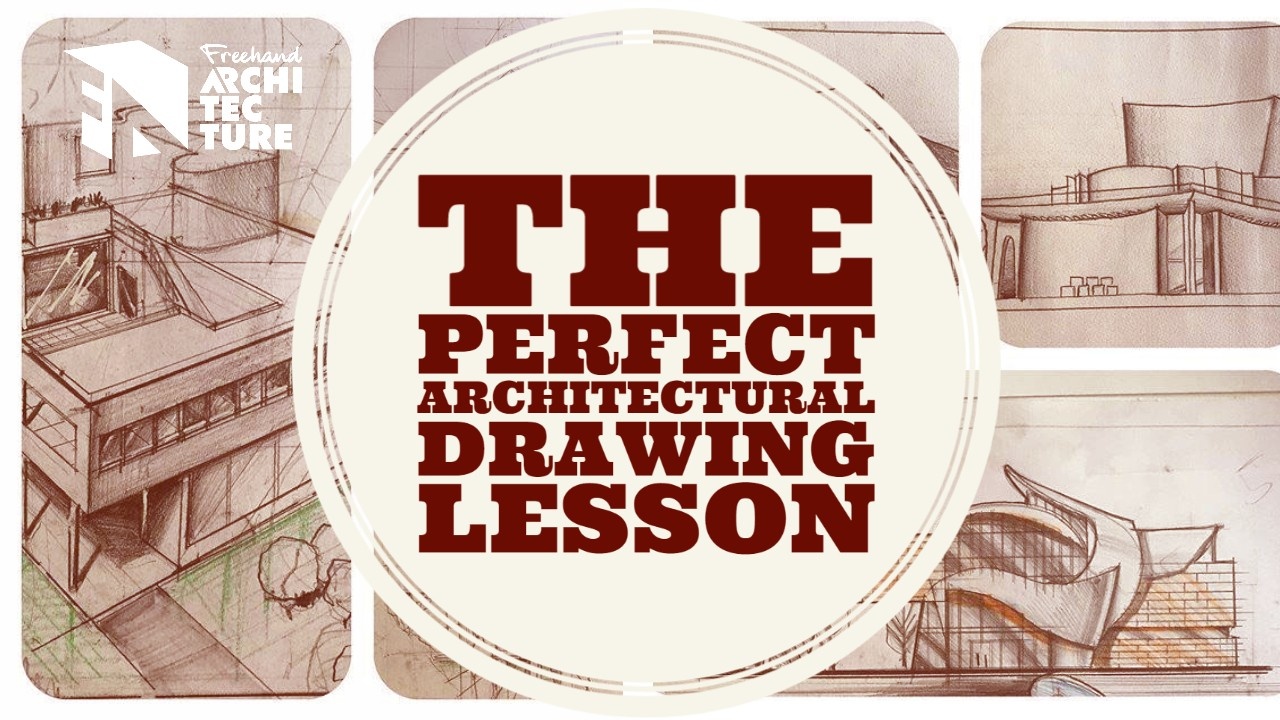
Taking architectural drawing lessons is similar to learning a foreign language but with a twist…
Sure you need to ‘become fluent’ in drawing.
But how does learning drawing actually work? How does a perfect architectural drawing lesson look like?
You put yourself in front of your drawing board, you think you’re going to draw the best drawing you possibly can… aaaand then something comes up and you go ‘arghhh, I can’t do it’
Then you start telling yourself negative BS like “I’m just not talented” or “I am hopeless with drawing” or any fill-in-the-blank random negative self-criticism.
Some architects live their whole life like that… And if you are like that then you need to stop it immediately!
I’ve got your back on this one: just by reading this article on the perfect architectural drawing lessons you will change the way you approach drawing so you can stop these negative habits and get your yourself on the right track to drawing mastery.
The perfect architectural drawing lessons come in a very particular design and have a certain amount of steps to them which if put in the right order can get you very, very, very good results.
In order to create the blueprint for the perfect architectural drawing lesson I even went so far as removing the need for a tutor or classroom… so the end goal is for YOU to become YOUR OWN drawing tutor.
When you become your own drawing tutor you can teach yourself drawing without having to be in a classroom or physically have a tutor in front of you… you can just ‘intuitively feel’ what the next step is, how to get unstuck from any sticking point that comes your way and how to get to the next level.
As always, don’t just blindly take my word on anything I’ve written here…
Go apply the ideas and then make up your own mind!
Let’s get started…
The key steps for a perfect architectural drawing lesson…
1.) Assignment Presentation
Here you get a specific brief. Ideally if you don’t have a brief, you just chose one thing you want to improve on in the area of drawing and design.
Let’s say… hmm drawing expressive materials: wood, glass, plastic etc
You start brainstorming how you can do this, ideally breaking everything down in bite-sized chunks.
You want to learn how to draw these architectural materials? Have a go at drawing simple boxes with each of the materials.
And approach that one by one so plan out to learn plaster first (it’s the easiest to draw), then wood, glass, metal etc.
2.) Concept Generation
Here you start sketching a progression of thumbnail images to get out of your mind and on a piece of paper the type of ideas you want to start.
You can’t just rush into drawing a large A2 drawing… it doesn’t work like that.
You first form the image in your mind, then you organise it, test it out, tweak it in thumbnail sketches, then you are set to go for a large drawing that is going to be a success.
Start doing small sketches of boxes and experiment with different textures.
Ideally you build on things you already know how to draw: simple box perspectives, thumbnails, etc
3.) Freehand Drawing + Triangle Drawing
You start off by filling your page with lines, then you go for triangles + t-bar to get a clear final drawing that you can hatch or colour.
So fill that A3 page with boxes with different materials just by sketching them freehand (don’t attempt to start hatching before you’ve filled the whole page)
After that it’s time to get a triangle (which ever one you have by your side – 30 degrees or 45 degrees) and to start hardening all the lines you’ve sketched previously.
Use a T-bar to get straight vertical lines and correct any perspective mistakes you might have…
Finish this step then move on to…
4.) Intermediate Critique
Obviously at one point you need to set your work aside and look at it objectively from a distance.
Is this the right type of approach? How would other people solve the same thing.
Maybe some references will help me again… or maybe ask my peers for feedback etc.
Maybe just go out for a short walk and when you get back you will see your work from a different angle.
5.) Hatching + Final Details
Now that we gave that a thought and got some more ideas, let’s move on to the hatching/coloring part.
Then you can go for re-hardening the contour lines (after colouring the contour lines tend to generally get lost in the different layers your drawing, so hardening them is a great idea)
Hatching only works when you have a proper line drawing first, so never ever compromise this for colouring.
I know, hatching and adding colour is much more fun than the boring line drawing…
6.) Final Critique
This is the stage where you get marks and you see the work of your colleagues…
Well that is what it traditionally means anyway… you can give it your own twist you see.
Pin up your work and review your progress in relation to your previous work.
Careful about your drawing looking ‘funny’, that usually means you’ve missed out on a couple of details…
Careful to double-check for perspective mistakes as these are the most important areas of a correct drawing.
And now that you know all of this…

What if you could approach learning drawing just like this… as a succession of different lessons?
What if you could understand that there’s many more elements involved in your learning process than just drawing?
And what if you could tackle any subject of drawing this way… even the ones that secretly terrify you?
There’s one 100% sure way to get rid of any fear you might have around architectural drawing.
Time to rock arch drawing! Join the 5-day free course and I will get you the results you always wanted with drawing, but could never come by… in 5 days of 30 minutes/day of practice. Good stuff, right? : )




